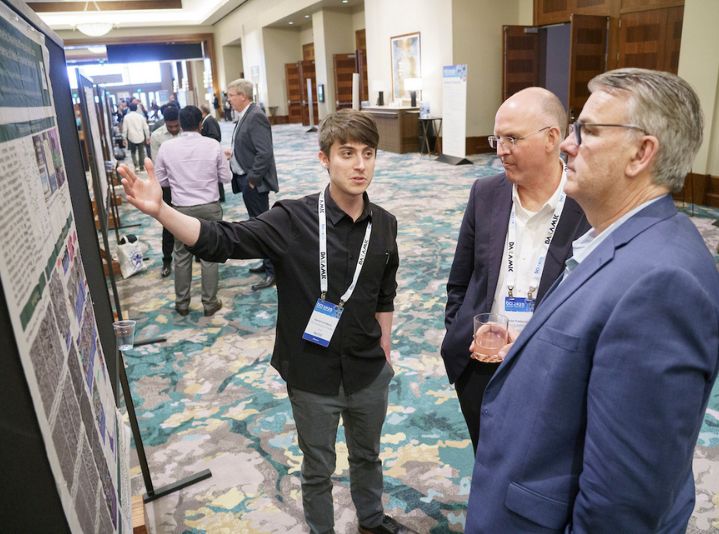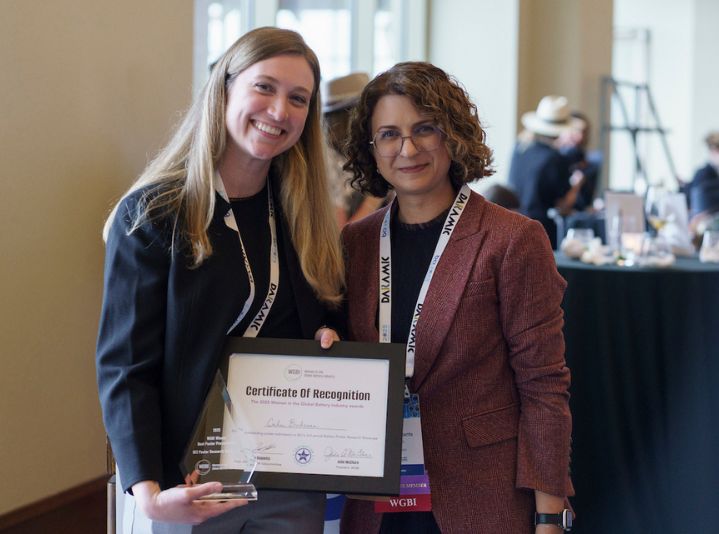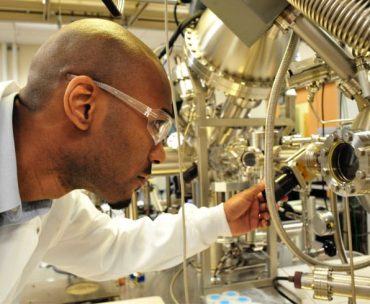The BCI Battery Poster Research Showcase is open to undergraduate, graduate, and postdoctoral level researchers and assistants to share their latest work during the BCI Convention + Power Mart Expo, May 3-6, in Nashville. Presenters have the opportunity to connect directly with manufacturers, engineers, scientists, and industry leaders shaping the future of energy storage.
For more information on the BCI Battery Poster Research Showcase, please email info@batterycouncil.org.












